By Fran Wilson, Patrick Andrus and Laura Hudock on behalf of the Notables Committee For 27 years dedicated members of the Children’s Literature Assembly have served on the seven-member committee tasked with selecting 30 Notable Children’s Books in the Language Arts (NCBLA). While enthusiastic summaries of each title on the annual NCBLA list have been a highlight for readers of the Journal of Children’s Literature and Language Arts as well as for session attendees at the annual National Council of Teachers of English conference and Tucson Festival of Books, in coming months the instructional possibilities of selected NCBLA titles will now regularly feature on this blog. To launch this resource alongside the announcement of the 2024 NCBLA list, three current members Fran Wilson, a second-grade teacher in Madeira, Ohio and the 2024 NCBLA Chair, Patrick Andrus, a fourth-grade teacher in Eden Prairie, Minnesota and the 2025 NCBLA Chair, and Laura Hudock, an assistant professor of literacy and children’s literature at Framingham State University wish to pull back the so-called curtain to shed light on the selection process. All titles on the annual NCBLA list are works of fiction, nonfiction, and poetry penned for children in grades K-8 and published in the previous calendar year. These selected children’s books have to exemplify additional criteria, including
The exemplary children’s books named to each NCBLA list are high-quality texts that promote language arts and offer a range of literacy-related instructional possibilities. For example,
As we narrow down 768 prospective titles to a list of 30, the two *asterisked criteria often serve as our guiding light for envisioning instructional possibilities. Though we may anticipate a particular title’s positive reception to an audience of K-8 readers, we need to be certain that our assessments align with the responses of actual children. So, committee members often read aloud to their young children, grandchildren, K-8 students, and under/graduates enrolled in children’s literature and literacy courses. Patrick and Fran will highlight two ways we informally tested the asterisked criteria for titles published in 2023 and considered for the 2024 NCBLA list. Patrick’s Polling Insights During scheduled Zoom meetings each committee member nominates titles read to date as potential final selections based on NCBLA criteria, but we often wonder about how the intended audience of K-8 readers would receive these books. To help prioritize the target audience in committee discussions and voting, I (Patrick) have had the opportunity to share these nominated titles with my fourth-grade class. Throughout the past voting year, I tested out various picturebooks with this real-life "studio audience" to obtain a sampling of up to twenty-five elementary-aged readers’ honest, authentic opinions. I share one picture book each school day as part of my daily teaching routine. My fourth-graders become excited when they know I'm testing a picture book - they’re eager to contribute to the selection process and take this role seriously. My students offer their candid observations, inquiries, and themes related to these books. Many times after I finish one of the book selections, a student will shout out, “Now that is a five-star book!” or predict, “That one is going to be the winner this week.” At the end of the week, I collect their votes for the favorite picturebook of the week. Of note, some titles have been redacted. Of those deemed potential final selections for the NCBLA list by our committee, some fell flat with my students when real aloud while others delivered positive responses. Sometimes, quite surprisingly to our NCBLA committee, a title would receive overwhelmingly enthusiastic engagement compared to other contenders. The diverse preferences among my students, reflected in the voting screenshots I share with the committee via text messages, enrich our conversations and reaffirm our mission to select the thirty best titles each year. Fran’s Student-Initiated Persuasive Essays When I (Fran) shared A Few Beautiful Minutes: Experiencing a Solar Eclipse, a picturebook written by Kate Allen Fox and illustrated by Khoa Le, my second-graders quickly noticed that the endpapers had illustrations featuring the stages of a solar eclipse. They were not only mesmerized by the rich, descriptive text highlighting the observable changes happening over a few beautiful moments but also appreciated the colorful illustrations depicting people gathering to make once in a lifetime memories. Upon learning that a total solar eclipse would be visible in many parts of North America this year, they wanted to know if their city was in the path of totality. After some research, guess what they discovered? They live on the southern limit! After realizing the disappointment that April 8th was a school day, many students decided to voice their opinion–not just to me, but to my school district’s superintendent. Using information in the back matter and additional research, they wrote persuasive essays on why they should be released from school to experience the eclipse with their families. Here is a an example of a second grader’s two-page persuasive essay: [Insert Blog_Pic 4] Lo and behold, my superintendent called an early release on April 8th! My students have realized the power of voicing their opinion. Now, I can’t wait for them to learn the titles on the 2024 NCBLA Award list. These children will truly know that their opinions matter! Drumroll please…
As members of the 2024 NCBLA committee, we are privileged to serve alongside exemplary K-16+ educators. It
is our hope that with these shared insights into the selection process
and future blog posts about the instructional possibilities, you will be
inspired. Now, we present the 2024 list of Notable Children’s Books in Language Arts.
Fran Wilson is a second-grade teacher in Madeira, Ohio and the 2024 NCBLA Chai.
Patrick Andrus is a fourth-grade teacher in Eden Prairie, Minnesota and the 2025 NCBLA Chair. Laura Hudock is an assistant professor of literacy and children’s literature at Framingham State University. 2024 Notable Children’s Books in the Language Arts Selection Committee Members
By Suzanne CostnerI headed to Houston in November 2018 to attend the NCTE Annual Convention and moderate a panel presentation for a group of children’s nonfiction writers. I was also looking forward to the Children’s Book Award Luncheon, never realizing that it would change my life. As the presentation of the year’s winners was winding down, an announcement was made encouraging attendees to apply for a place on one of the award committees. My sister nudged me and whispered, “You could do that.” Two months later, I was beginning my term on the Orbis Pictus committee and immersing myself in children’s nonfiction. From January 2019 through December 2021, we read over 1,300 books on topics ranging from amoebas to world history. As we reviewed, debated, and voted, my favorite topics involved astronomy, aviation, and aerospace, although I enjoyed all of them. The titles that combine those topics with a picture book biography make wonderful entry points into the study of science and history. Even though my time with the Orbis Pictus has ended, I am still searching out those sorts of books to add to my school library collection. I would like to share two of those titles with you and suggest related areas your students might enjoy investigating.
To learn more about her amazing career, try the following:
Students may find helpful information in the following:
When I was a child visiting my school library, all the biographies were about famous presidents and other men. We still have a long way to go to balance the representation of women and other marginalized groups, but knowing there are authors and illustrators bringing these stories to life for today’s students is encouraging. Reading these stories of dreams achieved and challenges overcome may inspire young readers to pursue their own passions in life, or even introduce a topic to spark that passion. I hope everyone finds some nonfiction to engage their hearts and minds. Suzanne Costner, School Library Media Specialist at Fairview Elementary School (Maryville, TN) member of NCTE, CLA, ALA, AASL, ILA, NAEYC, NSTA, ISTE, CAP, AFA, AIAA By Mary Ann Cappiello, Jennifer M. Graff and Melissa Quimby on behalf of The Biography Clearinghouse  Over the last two years, we’ve enjoyed sharing excerpts from The Biography Clearinghouse website. We hope that our interviews with book creators and our teaching ideas focused on using biographies for a variety of classroom purposes has been helpful to the CLA membership and beyond. This month, we’re very excited to share something different - a voice directly from the classroom. Melissa Quimby, a 4th grade teacher in Massachusetts, has written the inaugural entry in our new feature “Stories from the Classroom.” Melissa is the genius behind #MeetSomeoneNewMonday, a weekly initiative that has spread from her classroom to her grade level team to an entirely different school in just three years. This initiative launched when Melissa decided to share her passion for picturebook biographies with her students through interactive read-alouds. They were hooked! As Melissa writes, “Over time, I molded this project in intentional ways, and it evolved into an adventure that focused on identity, centered marginalized and minoritized communities, and cultivated thoughtful, strategic middle grade readers.” What started as a way to share nonfiction picturebooks as an engaging and compelling art form developed into a more nuanced exploration of global changemakers–past and present. With their weekly reading of picturebook biographies, students grow as readers and thinkers and deepen their individual and collective sense of agency. In the following excerpts, Melissa describes how she reveals each week’s notable changemaker to her students and shares some of her picturebook biography selections. Monday Read-Aloud Routines 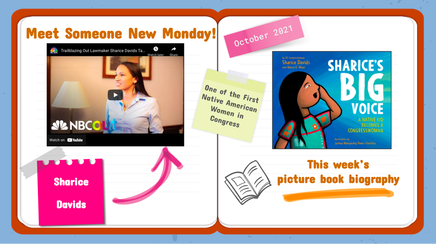 Reveal Slide Example Reveal Slide Example On Monday mornings, we gather together as a reading community. In an effort to build excitement, our reveal slide is projected on the board as students arrive. Some weeks, copies of the backmatter wait on the rug, inviting students to preview the figure of the week. This could be the author’s note, a timeline, or a collection of real-life photographs. Once all readers are settled, we watch a video to learn a little bit about the person in the spotlight. Some weeks, interactive read aloud time happens on Monday morning immediately following the reveal. On some Mondays, it works best for us to huddle up in the afternoon. Occasionally, we steal pockets of time throughout our busy schedule to enjoy the biography of the week in smaller doses. When we read the text is not as important as how we read the text. The heart of this work truly lies in how we generate emotional investment within our students and how we help our students’ reactions and ideas blossom into new thinking about the world and ways that they can take action in their own lives for themselves and others. Sometimes, we simply read the biography to love it. In those moments, readers are silent with their eyes glued to the book, scanning the illustrations, wide-eyed when something surprising happens. Perhaps they whisper something to their neighbor, let out an audible gasp or share a comment aloud. Sometimes, we read to grow ideas. In these moments, readers are tracking trouble, considering how the figure responds to obstacles. They are ready to turn to their partner and reach for a precise trait word or theme and supporting evidence. To read more about #MeetSomeoneNewMonday, including Melissa planning process with her grade level team and student responses, visit Stories from the Classroom on The Biography Clearinghouse website You can also reach out to Melissa through her website (QUIMBYnotRamona) or Twitter (@QUIMBYnotRamona) to discuss how to implement #MeetSomeoneNew initiative in your classroom or school. Inspired by Melissa’s picturebook biography initiative or done something similar? Share your ideas and stories with us via email: [email protected]. Or, chime in on Twitter (@teachwithbios), Facebook, or Instagram with your own #teachwithbios ideas and picturebook biography recommendations. Melissa Quimby teaches fourth grade in Massachusetts. She is passionate about helping young writers improve their craft, and her to-be-read list is always stacked with middle grade fiction. Melissa shares her love of children’s literature on Teachers Books Readers and shares about her literacy instruction with the Choice Literacy community. You can connect with her at her website, QUIMBYnotRamona, or follow her on Twitter @QUIMBYnotRamona. Mary Ann Cappiello teaches courses in children’s literature and literacy methods at Lesley University, blogs about teaching with children’s literature at The Classroom Bookshelf. She is a former chair of NCTE’s Orbis Pictus Award for Outstanding Nonfiction K-8. Jennifer M. Graff is an Associate Professor in the Department of Language and Literacy Education at the University of Georgia where her scholarship focuses on diverse children’s literature and early childhood literacy practices. She is a former committee member of NCTE’s Orbis Pictus Award for Outstanding Nonfiction K-8, and has served in multiple leadership roles throughout her 16+ year CLA membership. By Ted Kesler I have just completed my position as chairperson of the NCTE Poetry and Verse Novels for Children Committee. Our list of notable poetry and verse novels that were published in 2021 as well as other information about the award can be found on the NCTE Award for Excellence in Poetry for Children page. In this blog post, I discuss three notable poetry books from this list that promote advocacy and provide lesson plan ideas to do with children. Photo Ark ABCPhoto Ark ABC: An Animal Alphabet in Poetry and Pictures, poetry by Debbie Levy and photos by Joel Sartore (National Geographic Kids, 2021). The diverse and playful poetry forms in Photo Ark ABC oscillate with vibrant pictures to create fascination with each animal that is represented. Here is one example:
The book is part of the Photo Ark Project, that aims to “document every species living in the world’s zoos and wildlife sanctuaries, inspire action through education, and help save wildlife by supporting on-the-ground conservation efforts” [Back Book Cover]. Therefore, the book provides wonderful online resources to use with children, which expand opportunities for classroom explorations. Here are some ideas:
The Last Straw The Last Straw: Kids vs. Plastics, poetry by Susan Hood, illust. by Christiane Engel (HarperCollins, 2021).
My Thoughts are Clouds
My Thoughts Are Clouds: Poems for Mindfulness, poetry by Georgia Heard, illust. by Isabel Roxas (Roaring Brook Press, 2021).
Ted Kesler, Ed.D. is an Associate Professor at Queens College, CUNY and has been a CLA Member since 2010. He served as chairperson of the NCTE Poetry and Verse Novels for Children Committee from 2019 to 2021. www.tedsclassroom.com | @tedsclassroom | www.facebook.com/tedsclassroom) By Mary Ann Cappiello & Donna Sabis Burns, on behalf of the Biography Clearinghouse 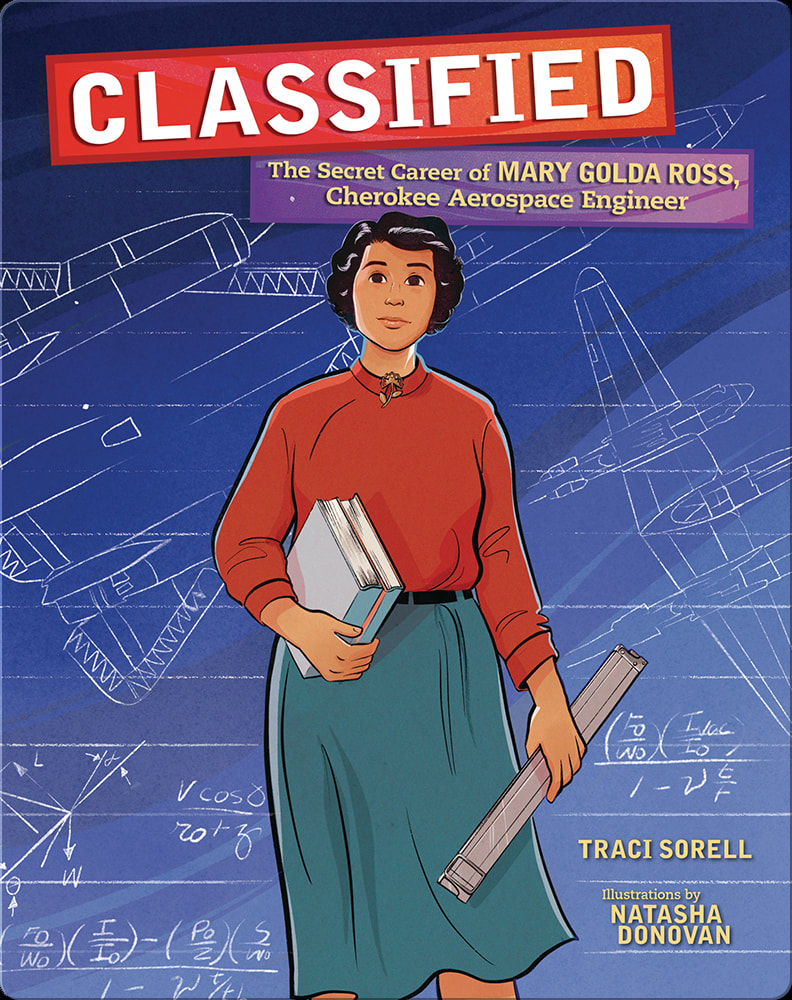 “Do the best you can and search out available knowledge and build on it,” said Mary Golda Ross in April 2008. This quote introduces and frames Classified: The Secret Career of Mary Golda Ross, Cherokee Aerospace Engineer, Cherokee author Traci Sorell’s and Métis illustrator Natasha Donovan’s 2021 picture book biography featured this month on The Biography Clearinghouse. Known as “Gold” to her family, Mary Golda Ross was a pioneer in multiple ways. A trained mathematician and educator-turned-engineer, she was the first female and the first Native American aerospace engineer in the United States. Mary’s intellect and penchant for problem-solving were invaluable as she helped research and design satellites, missiles, and rockets. Her work, much of which is still classified, was integral to the U.S. development of its aerospace program in the mid-20th century. Like many women entering traditionally male-dominated fields, Mary is considered a “Hidden Figure.” Fortified by her independence and tenacity, Mary carved out historical and professional space that had rarely—if ever—included women and minorities. And in doing so, Mary helped revolutionize our relationship with space. Independent and tenacious, Mary was the great-great-grandaughter of John Ross, the Cherokee Chief who led his people during and after they were forced to abandon their ancestral lands in the Southeast. Their migration to what is now Oklahoma, is known as the Trail of Tears. Throughout her career, Mary relied on her Cherokee values for guidance, and she credited her professional success to those values. Sorell uses these values to “bookend” Mary’s story. On the first opening spread, a red box catches the reader’s attention. Within it, Sorell informs the reader that Cherokee values are not written down, but rather passed down through generations of family members. The core values that shaped Mary’s life were “gaining skills in all areas of life (both within and out of the classroom), working collaboratively with others, remaining humble when others recognize your talents, and helping ensure equal education and opportunity for all” (p.2). These values ground the reader and serve as a preview to Mary’s life. At the conclusion of the book, Sorell returns to those values, offering readers the four values in the Cherokee syllabary, a transliteration, pronunciation, and then finally, English translation. Illustrator Natasha Donovan visually moves the reader through Mary’s life with a series of shifting images digitally rendered, ranging from close-ups of Mary’s classrooms to a bird’s eye view of her travels, zooming out to the larger vistas within her mind as she imagined and designed, zooming in on the many hands around a table working collaboratively to bring these inventions into existence. The illustrations highlight the tensions and opportunities that Mary encounters, and the role she played in an emerging field. Mary’s unique circumstances prompted her to reach out and mentor many women in science and mathematics across her long career. She traveled to high schools to mentor college bound seniors and advocate education in engineering and mathematics, and also advocated for career opportunities for fellow Native American and Alaska Natives. Across her career, Mary worked closely with so many - from scientists working in secret on cutting edge technology to young adults just beginning to build their professional identities. So far, 2021 has shown us the power and potential of science, from the COVID-19 vaccines that continue to be distributed across the globe to the ever-changing understanding of the virus’ variants. Scientists have modeled the ways in which their work is always collaborative. In contrast, 2021 has also shown us the power of the extremely wealthy to appropriate science and technology that has been developed for the benefit of the nation. The two richest men in the world, Jeff Bezos and Elon Musk, turned space travel into their personal pleasure. Was that part of Mary’s vision of interplanetary travel? Or was hers something more equitable, more in line with her Cherokee values of inclusivity and work for the common good?
Exploring ValuesFrom the first pages of the book to the last, author Traci Sorell affirms the significance of Cherokee values in Mary Golda Ross’s life. We discuss this in our interview with Traci and refer both to the red box that names Cherokee values on the verso page, as well as the information on Cherokee values in the backmatter. After reading Classified, ask students to share their understanding of what the word “values” means. Then ask students to share their understanding of the Cherokee values that are represented in the book. How do they define them in their own words? Next, ask students to make a list of the values that are important to them. Provide them with an opportunity to talk to one another in pairs or small groups about their values. How are their values similar and different from one another? How are the words they use to describe their values similar and different from one another? After they’ve had a chance to do this, allow them time to consider where their values come from. Are they influenced by the grown-ups in their lives? Their community? Their religion? Are their values influenced by their family cultural heritage(s), race, or ethnicity(ies)? How do their education influence their values, and how do their values influence their education? Finally, ask students to look again at the four Cherokee values discussed in the back matter. What connections do students see between the values discussed in their group and the Cherokee values that guided Mary’s life? Mentoring Others Mary Golda Ross was known for the mentoring work she did, supporting younger women and indigenous women entering the field of STEM. What kind of mentoring exists in your school? In the lives of your students and their families? In your community?
The Space Race as Collaboration As an aerospace engineer, Mary Golda Ross worked on the top-secret Skunk Works Project of Lockheed Martin. As Sorell writes in Classified, Skunk Works research contributed to the Apollo space missions and the eventual moon walk by U.S. astronauts in 1969. You can show students an example of her work: Planetary Flight Handbook, No. 9, NASA. What other women were involved in Space Race research? After reading Classified, provide time for students to explore these other books about the Space Race.
In Classified, Sorrell notes that “whenever Mary received awards, she always thanked her colleagues because she knew no one person deserved credit for what everyone had done together.” As students explore whichever permutation of texts you select, ask them to consider the ways in which teamwork is represented. In what ways are individuals featured? In what ways is their collective and collaborative work represented? Use this conversation as an opportunity to discuss the process of “doing science” as collaborative rather than singular work. This can also serve as a springboard to critical considerations regarding the ways inventions and scientific breakthroughs are often attributed to specific individuals instead of to the team as a whole, changing our understanding of what makes change possible. Change happens when groups of people work together over time. To see more classroom possibilities and helpful resources connected to Classified: The Secret Career of Mary Golda Ross, Cherokee Aerospace Engineer, visit The Biography Clearinghouse. Additionally, we’d love to hear how the interview and these ideas inspired you. Email us at [email protected] with your connections, creations, and questions. Mary Ann Cappiello teaches courses in children’s literature and literacy methods at Lesley University, blogs about teaching with children’s literature at The Classroom Bookshelf, a School Library Journal blog, and is a former chair of NCTE’s Orbis Pictus Award for Outstanding Nonfiction K-8.
Donna Sabis-Burns, Ph.D., an enrolled citizen of the Upper Mohawk-Turtle Clan, is a Group Leader in the Office of Indian Education at the U.S. Department of Education* in Washington, D.C. She is a Board Member (2020-2022) with the Children's Literature Assembly, Co-Chair of the Diversity, Equity, and Inclusivity Committee, and Co-Chair of the 2021 CLA Breakfast meeting (NCTE). *The views expressed herein do not necessarily represent the positions or policies of the U.S. Department of Education. No official endorsement by the U.S. Department of Education of any product, commodity, service, or enterprise mentioned herein is intended or should be inferred. FOR CLA MEMBERS
CLA Board of Directors Elections
By Donna Sabis-Burns, Rachel Skrlac Lo, and Casey O'Donnell on behalf of the CLA Breakfast Committee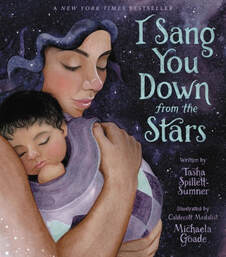
Looking out the window we begin to see the slight change in color of the fall foliage, a brisker feel to the air, and school busses carrying students to their not-so-new-normal classrooms. Apples, pumpkins, and “Indian” corn are appearing in the grocery store aisles. The gift of autumn is here. One highlight of this time of year is the NCTE Annual Conference held in November. Under “normal” circumstances, the Children’s Literature Assembly Breakfast is held in person as part of that gathering. While we will not be able to meet in person this year, the CLA Breakfast will be offered as a live event during the conference. In anticipation of our session, we are sharing about some of the most prolific, wonderful Indigenous multiple award-winning storytellers from across the Four Directions.
Cynthia Leitich-Smith (Muscogee Creek), Traci Sorell (Cherokee Nation), Michaela Goade (Tlingit), Carole Lindstrom (Metis), and Kevin Maillard (Seminole Nation) will make up this year’s Breakfast speaker panel. They will offer insight into their creative writing process, share their newest work, and offer some candid thoughts on how being Indigenous has strengthened their entire literature experience. These storytellers celebrate #OwnVoices in the here and now. They offer counter stories to highlight the dynamism of Native American and Alaska Native communities for all ages. During a conversation with them in February 2021, we discussed the joys of reading and storytelling and reflected on the importance of celebrating the rich legacy of Native experiences that influence contemporary society. Native American, American Indian, or Indigenous peoples (terms used interchangeably) make up the 575+ federally recognized tribes and 200+ state-recognized tribes, much diversity exists across this Indigenous landscape in the United States. To celebrate this diversity, in this post, we will share with you the newest works from these amazing storytellers, including samples of teacher guides, links to audio-books, artwork, and other storytelling materials to share both in and outside of the classroom. Teachers strive to create an environment for children that is all-embracing because they know that when children feel accepted, they will be happy, healthy, and confident members of society. This spirit of inclusiveness should permeate not only the social dynamic of the classroom, but the teaching materials as well. Children’s books that are endowed with social justice themes and multicultural issues provide a much richer reading experience than texts with homogeneous characters and unchallenging stories. The stories shared by these authors and illustrator offer many ways to enlighten students of all ages to the diverse books, cultural nuances, and traditions that Indigenous people bring to the table. Check out these teacher resources for a glimpse into the rich world of native storytelling. Activity Kits and Teacher Guides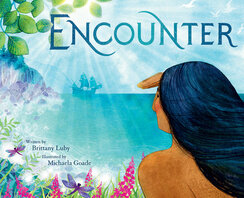
When students encounter texts that feature characters with whom they can connect, they can see how others are like them and how literature can play a role in their lives. If students can feel connected to books, not only will they be more apt to obtain the intrinsic motivation to increase the amount of reading they do, but they will also begin to feel more accepted as strong and unique members of society and to become less vulnerable to negative stereotyping and feelings of oppression. It is the hope of our storytellers that these resources be shared with all students, to demonstrate not only resiliency and determination, but also joy and grace within the texts and illustrations to take them to places they have never seen or heard of before. Below are are some video and audio resources related to some of the works of our storytellers.
Video & Audio Resources
We are obligated to educate our youth with a clear lens and to teach the richness of realistic, authentic, and contemporary literature for children and young adults. We need to promote books where Indigenous characters are up front and visible, not hidden or pushed aside. We want to highlight in a bold, distinguishable manner characters and stories that unveil and promote the beauty of diverse literature written/illustrated by and for Native Nations (also called Indigenous people and used interchangeably here when the specific Nation is not known), and all other marginalized groups. The storytellers highlighted here, and across the land, provide a glimpse of the wonderment and beauty that present-day and historical Indigenous culture and traditions bring to the literature landscape.
Come celebrate with us at 9 am (EST) on November 21, 2021 at the CLA Breakfast at NCTE! There will be great conversation and book giveaways!
Donna Sabis-Burns, Ph.D., an enrolled citizen of the Upper Mohawk-Turtle Clan, is a Group Leader in the Office of Indian Education at the U.S. Department of Education* in Washington, D.C. She is a Board Member (2020-2022) with the Children's Literature Assembly, Co-Chair of the Diversity, Equity, and Inclusivity Committee, and Co-Chair of the 2021 CLA Breakfast meeting (NCTE).
Rachel Skrlac Lo is an Assistant Professor at Villanova University. She is a Board Member (2020-2022) with the Children's Literature Assembly, Co-Chair of the Diversity, Equity, and Inclusivity Committee, and Co-Chair of the 2021 CLA Breakfast meeting (NCTE). Casey O'Donnell is a graduate student in the Masters Plus Teacher Certification Program at Villanova University.
*The views expressed herein do not necessarily represent the positions or policies of the U.S. Department of Education. No official endorsement by the U.S. Department of Education of any product, commodity, service, or enterprise mentioned herein is intended or should be inferred.
BY JEANNE GILLIAM FAIN ON BEHALF OF THE NCBLA 2021 COMMITTEEThe NCBLA 2021 committee has the following charge as a committee:
The charge of the seven-member national committee is to select 30 books that best exemplify the criteria established for the Notables Award. Books considered for this annual list are works of fiction, nonfiction, and poetry written for children, grades K-8. The books selected for the list must meet the following criteria: 1. be published the year preceding the award year (i.e. books published in 2021 are considered for the 2020 list); 2. have an appealing format; 3. be of enduring quality; 4. meet generally accepted criteria of quality for the genre in which they are written; 5. meet one or more of the following criteria:
Books transport us into new places and sometimes take us out of the craziness of the world. This was one of those years where we experienced unexpected challenges. I led this committee as we navigated some of the real challenges of the pandemic. To be perfectly honest, in September when we didn’t have the normal number of books, I panicked. I am truly thankful for this thoughtful committee that continually encouraged me to keep going as I contacted publishers in hopes of obtaining more physical copies of books. Many publishers returned from turbulent times and physical copies of books were difficult to obtain. However, as a committee member, it’s just easier to dig deeper with a text when you have a physical copy in front of you. Thankfully, publishers started returning to sending physical copies of books at the end of January and in February. We continue to be so thankful for the support many publishers extended to us as they worked diligently to send our committee books. However, that meant, that we had to read on a rigorous schedule and we often had to meet more than twice a month in order to have critical conversations around the literature. Here’s a figure that highlights our process as a committee: Recurrent Themes from the 2021 NCBLA List
Some of the 2021 NCBLA Books We invite you to see the power of literature across our 2021 NCBLA Book List!Jeanne Gilliam Fain is s a professor at Lipscomb University in Nashville, Tennessee and Chair of the 2021 Notables Committee.
2021 Notable Children's Books in the Language Arts Selection Committee Members
An Inquiry of the Outdoors: Contemporary Children’s Picture Books that Feature the Outdoors3/25/2021
BY KATHRYN CAPRINOHow are humans and the outdoors connected? This inquiry question has been answered more acutely for some during COVID. Whereas I am grateful that I could spend time outside daily during quarantine, taking walks with my little boy and rekindling my passion for running, I know many others - for a myriad reasons - were trapped indoors. In this post, I share three contemporary children’s picture books that will help young readers answer the inquiry question: How are humans and the outdoors connected? After sharing brief summaries of each text, I provide a few lesson ideas.
Whereas COVID is not mentioned explicitly, the narrator reveals that there was a time when most people went inside. Sharing that humans made the best of their challenging months inside, the text leaves readers with hope of reconnecting with others outside - but not before emphasizing that even though we are all different on the outside, we are all the same on the inside. Echoes of the idea that humans need to be outside seen in Outside In are also seen in Outside, Inside, and this idea that we are all united by something much greater than ourselves links with Swashby and the Sea. Sharing the Books with StudentsBefore sharing these three texts with students, pose the inquiry question How are humans and the outdoors connected? Invite them to share the ways in which they feel connected to the outdoors via discussions, written responses, or pictures. Next, read the texts to students, providing opportunities for during-text discussions and post-text answering of the inquiry question. Ask students to reveal how each text confirms or alters their previous responses. After reading all three texts, ask students to draw, write, or discuss their response to the inquiry question, using their personal experiences and what they thought about as a result of the three picture books. Finally, have students engage in an activity that helps them engage with the inquiry question How are humans and the outdoors connected? in personal ways. They may want to create a project that helps keep the outdoors a hospitable place for humans. They might write to the town mayor to share some ideas on roadside trash collection, for example. Other students may pursue a more personal project, such as a drawn or written memoir or children’s picture book about their experiences with being inside and outside throughout the past year. Perhaps the best lesson idea I have, however, is to let these texts inspire you and your students to go outside. Take an awe walk to find inspiring objects and return to the classroom to discuss or write about them. Set up an observation log in your classroom so students can track what they noticed about the outdoors. Let students draw or paint the outdoors. Or even better yet, truly be outside with them - not outside but really inside as Outside In warns - and play with them. It is my hope that these three contemporary books that provide the opportunity for us to engage in an inquiry of the outdoors inspire us all to move and think and be outside just a bit more. Kathryn Caprino is a CLA member, on the Editorial Board of the Journal of Children’s Literature, a blogger at katiereviewsbooks.wordpress.com, and an Assistant Professor of PK-12 New Literacies at Elizabethtown College in Pennsylvania. You can follow her on Twitter @KCapLiteracy. BY WENDY STEPHENSEditorial Note: This post is the first in a 2-part series by Wendy Stephens discussing the rich landscape of book awards announced over the winter months. In this first post, Wendy focuses on ALSC awards and awards by ALA affiliates recognizing books for children or books for a wide spectrum of age groups. The second post, which will be published next week, will present awards for YA literature administered by YALSA, as well as several other notable awards. When we talk about budgeting for materials, I always advise my school librarian candidates to be sure to save some funding for January. No matter how good their ongoing collection development has been throughout the year, there are always some surprises when the American Library Association's Youth Media Awards (YMAs) roll around, and they'll want to be able to share the latest and best in children's literature with their readers. These are the books that will keep their collections up-to-date and relevant. From our own childhoods, we always remember the "books with the medals" -- particularly the John Newbery for the most outstanding contribution to children's literature and the Randolph Caldecott for the most distinguished American picture book for children. These books become must-buys and remain touchstones for young readers. In 2021, Newbery is celebrating its one hundredth year. Some past winners and honor books are very much a product of their time, and many of those once held in high esteem lack appeal today. For those of us working with children and with children's literature, the new books honored at Midwinter offer opportunities to revisit curriculum, update mentor texts, and build Lesesneian "reading ladders." Each award committee has its own particular award criteria and guidelines for eligibility, and its own process and confidentiality norms. Every year, the YMAs seems to be peppered with small surprises. Does New Kid winning the Newbery means graphic novels are finally canonical? Is Neil Gaiman an American? What about all the 2015 Caldecott honors, including the controversial That One Summer? Did the Newbery designation of The Last Stop on Market Street mean you can validate using picture books with older students? How does Cozbi A. Cabrera's much-honored art work resonate at this historical moment? In Horn Book and School Library Journal, Newbery, Caldecott and Printz contenders are tracked throughout the year in blogs like Someday My Printz Will Come, Heavy Medal, and Calling Caldecott. Other independent sites like Guessing Geisel, founded by Amy Seto Forrester are equally devoted to award prediction. Among librarians and readers, there are lots of armchair quarterbacks, and conducting mock Newbery and Caldecotts, either among groups of professionals or with children, have become almost a cottage industry. There are numerous how-tos on that subject, from reputable sources like The Nerdy Book Club and BookPage. But there are numerous other awards announced at ALA Midwinter almost simultaneously that deserve your attention, too. Among the Association for Library Services for Children (ALSC) awards are: the Robert F. Sibert Medal, the Mildred L. Batchelder Award, the Geisel Award, the Excellence in Early Learning Digital Media Award, and the Children's Literature Legacy Award.
Aside from the award winners, each year annual ALSC Children's Notable Lists are produced in categories for Notable Children's Recordings, Notable Children's Digital Media, and Notable Children's Books. If you want to see the machinations behind the designation, those discussions are open to the public this year via virtual meeting links. Outside of ALSC, many of ALA’s affiliates have their own honors for children's literature. These include the Ethnic and Multicultural Information Exchange Round Table (EMIERT) which sponsors the Coretta Scott King Book Awards; the Association of Jewish Libraries which sponsors the Sydney Taylor Book Awards; and REFORMA: The National Association to Promote Library and Information Services to Latinos and the Spanish-Speaking which sponsors the Pura Belpré awards. In addition to these affiliates, others such as the Asian/Pacific American Librarian Association and the American Indian Library Association also present awards. The awards are always evolving to reflect the abundance of literature available for young people. Like the Association of Jewish Libraries and the Asian/Pacific American Librarian Association awards, the American Indian Youth Literature Awards were first added to the televised YMA event in 2018. And this year was the first year for inclusion for a new Young Adult category for the Pura Belpré. Two awards of particular significance are the Stonewall Book Award – Mike Morgan and Larry Romans Children’s and Young Adult Literature Awards are given annually to English-language works found to be of exceptional merit for children or teens relating to the gay, lesbian, bisexual and transgender experience, and the Schneider Family Book Awards, honoring authors or illustrators for the artistic expression of the disability experience for child and adolescent audiences, with recipients in three categories: younger children, middle grades, and teens.
Wendy Stephens is an Assistant Professor and the Library Media Program Chair at Jacksonville State University. By Kathryn Will, Meghan Goodwin, and Sophie HendrixThe Notable Children’s Books in Language Arts Committee (NCBLA), reads, reviews, and discusses over 400 books of various genres written for K-8 children each year. These works of poetry and prose are analyzed using the charge of the committee that asks in making the selection of the top thirty texts the seven committee members consider: 1. Appealing format, 2. Enduring quality, 3. Exemplary quality for their genre, and 4. Meeting one or more of the following: a. Use of language: play on words, word origins, history of language b. Uniqueness in use of language or style c. Invitation of child response or engagement This post focuses on two of the texts from the 2020 Notables List that might be seen through the lens of a progression from small to large. Although The Magic of Letters (2019) and Small World (2019) are very different books, they can be used to invite readers to imagine, play, and wonder. The Magic of Letters
Written by Tony Johnston Illustrated by Wendell Minor Penguin Random House, unpaged, ISBN 978-0823441594
Small World
Written by Ishta Mercurio Illustrated by Jen Corace Abrams Books for Young Readers, unpaged, ISBN 978-1419734076
Teaching Tips Both of these books invite readers to engage in exploration and discussion through multiple reads due to their rich vocabulary and use of language. Teachers can easily deepen and extend the texts through a variety of activities. Using the illustrative style of The Magic of Letters, children could repurpose magazines and catalogues to cut out letters and words as sources for creating new words and sentences. As they pore over the texts, they could look for familiar and known letters and words, providing opportunities for practice in letter and word recognition before assembling them in a collage. Children could use crayon resist to create magic letters of their very own, or even play roll and write to create sentences from familiar and new words. These activities reflect the rich and playful nature of the text. Small World is a text that envelopes the reader in the world of STEAM (Science, Technology, Engineering, Art, and Math). The rich vocabulary begs teachers to consider connections to geometry, snow science, and roller coasters. With consideration of Nanda’s career as an astronaut, students might watch this video about women astronauts, or think about materials they might need for a trip to the moon. This book also holds opportunities for rich discussion with questions such as:
Kathryn Will is an Assistant Professor of Literacy at the University of Maine Farmington (@KWsLitCrew). She is passionate about sharing the power of children's literature with her students, including the two listed below who assisted in the creation of the teaching tips shared. She is a member of the 2019 Notables Committee, and will be chairing the committee in the upcoming year. Meghan Goodwin, Preservice teacher, University of Maine Farmington (@Ms_G_Teaches) Sophie Hendrix, Preservice teacher, University of Maine Farmington |
Authors:
|
CLA
About CLA
|
Journal of Children's Literature
Write for JCL
|
ResourcesCLA-sponsored NCTE Position Statements
|
Members-Only Content
CLA Video Library
|
© COPYRIGHT 2018.
ALL RIGHTS RESERVED |

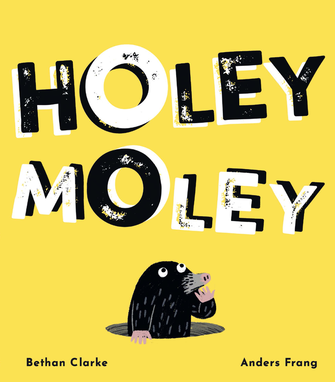
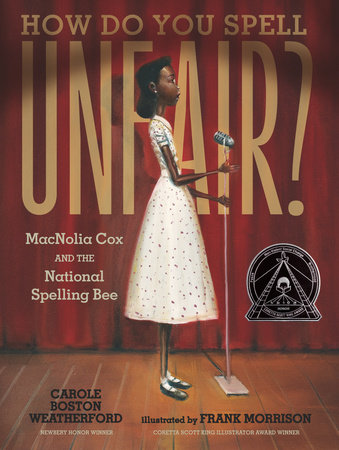
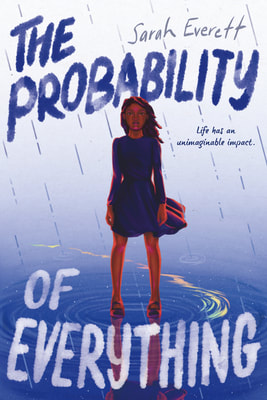
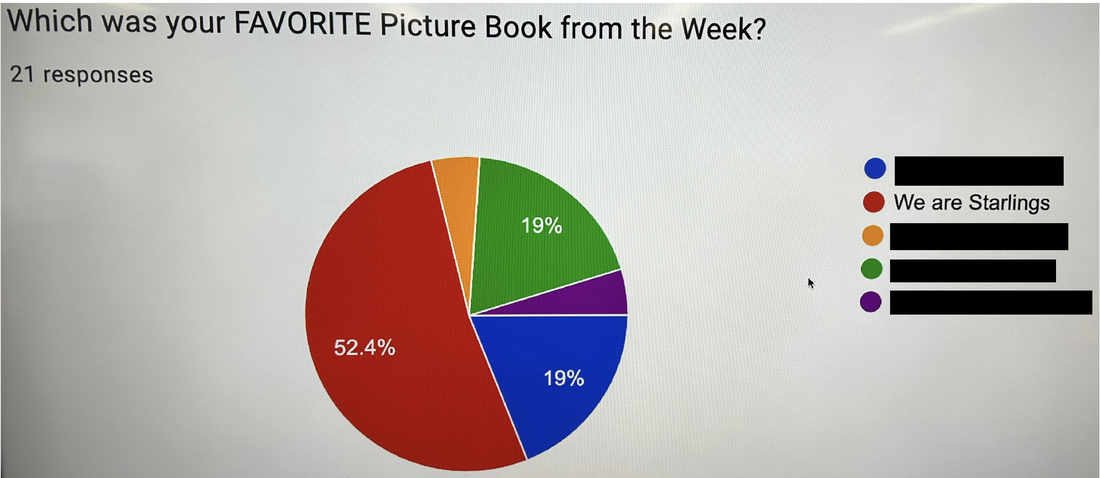
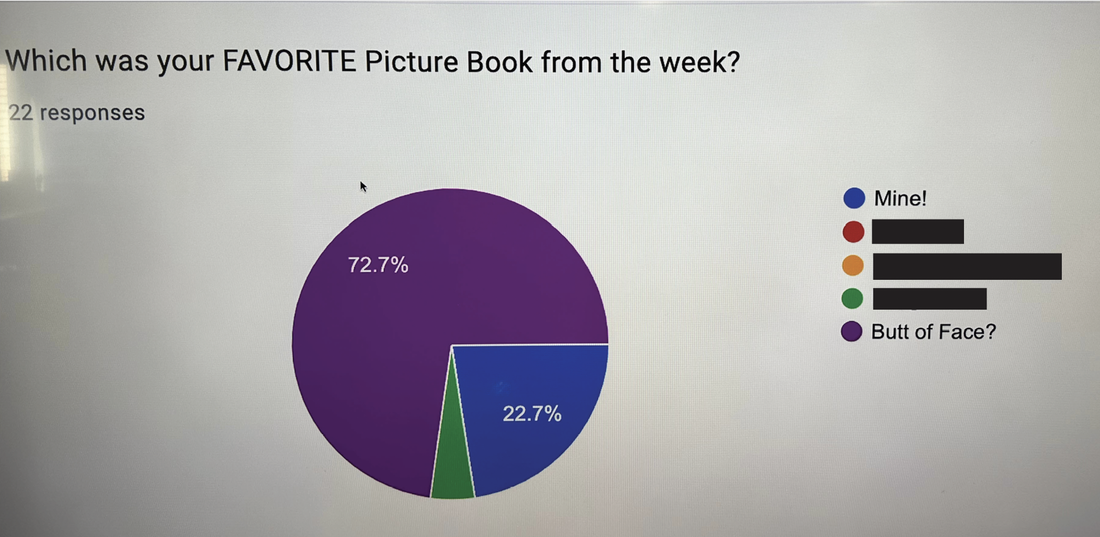
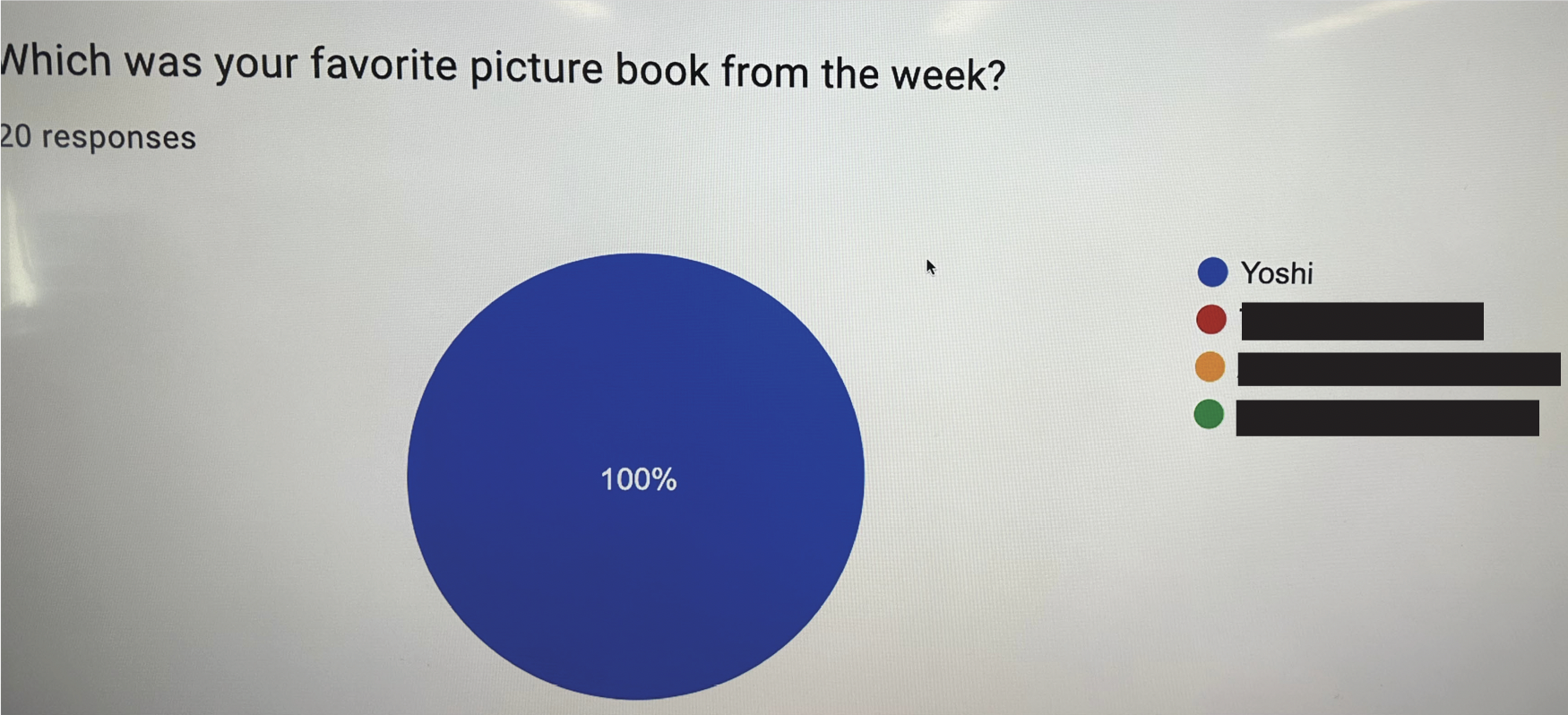
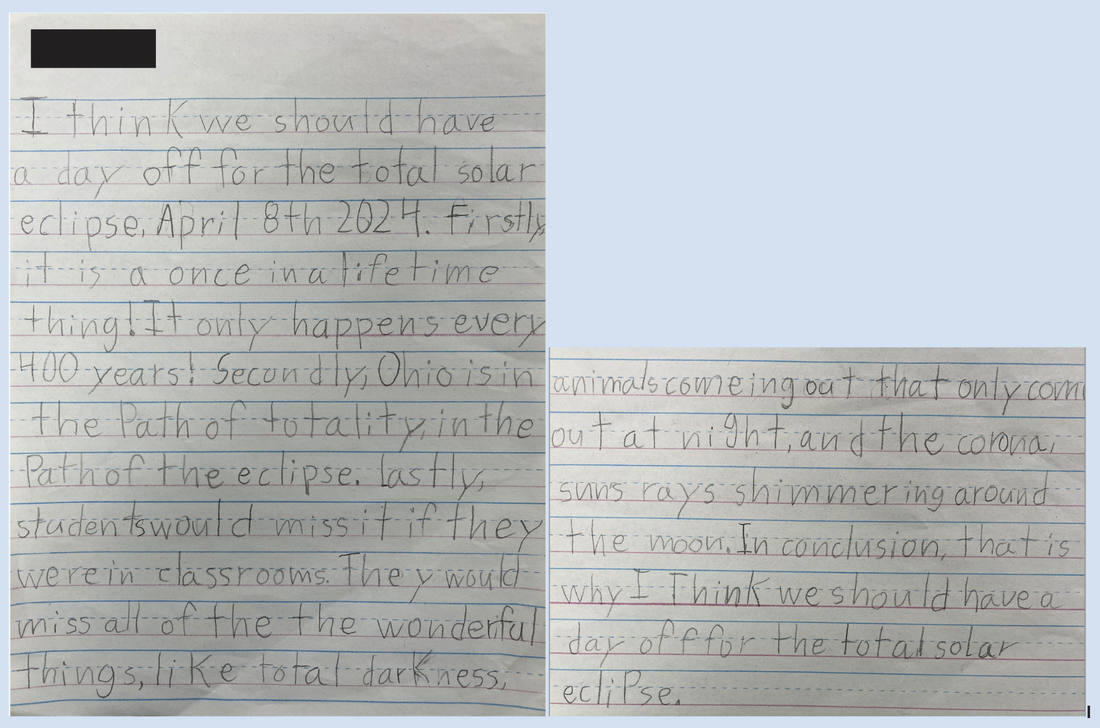
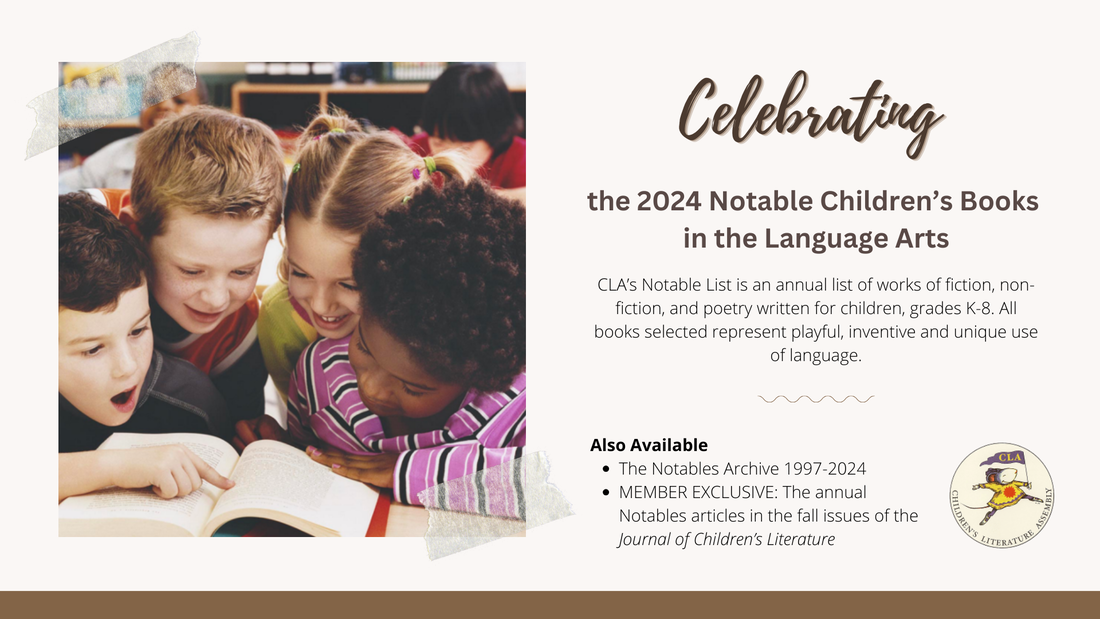
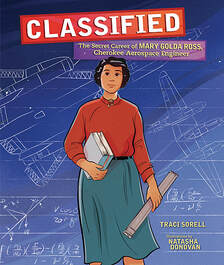
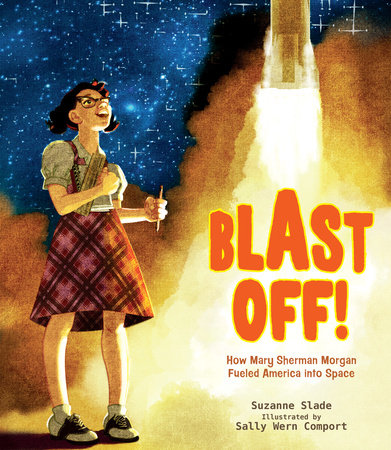
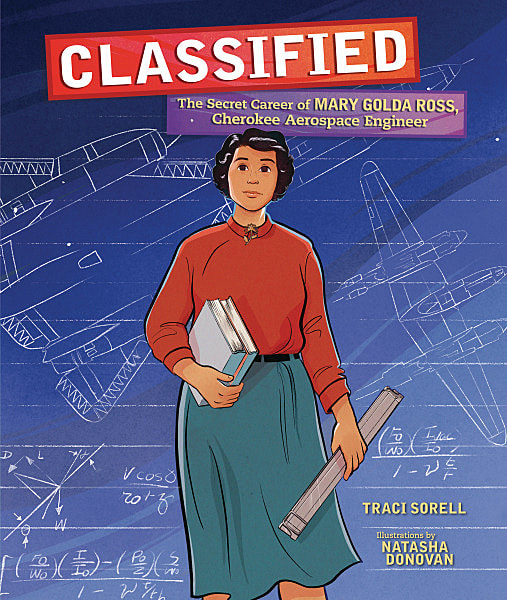
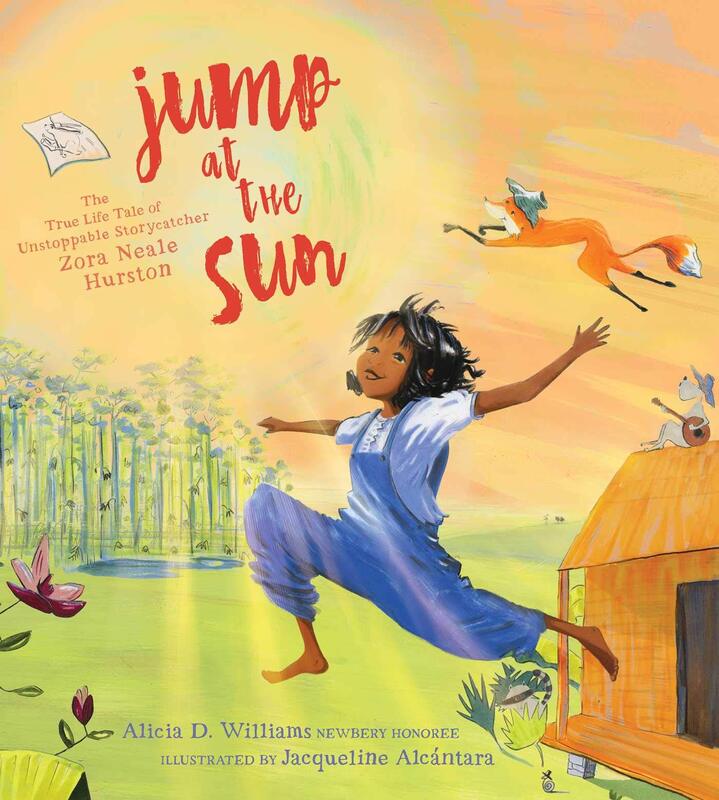
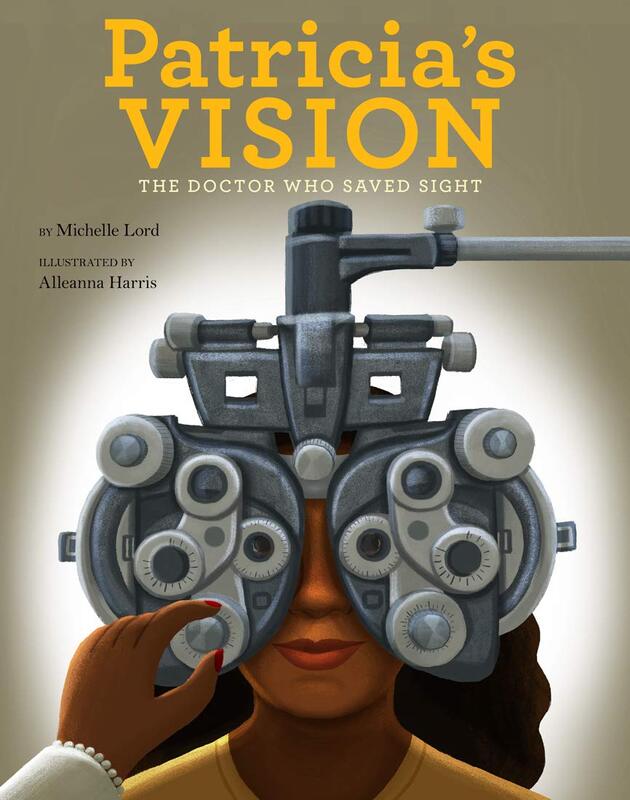
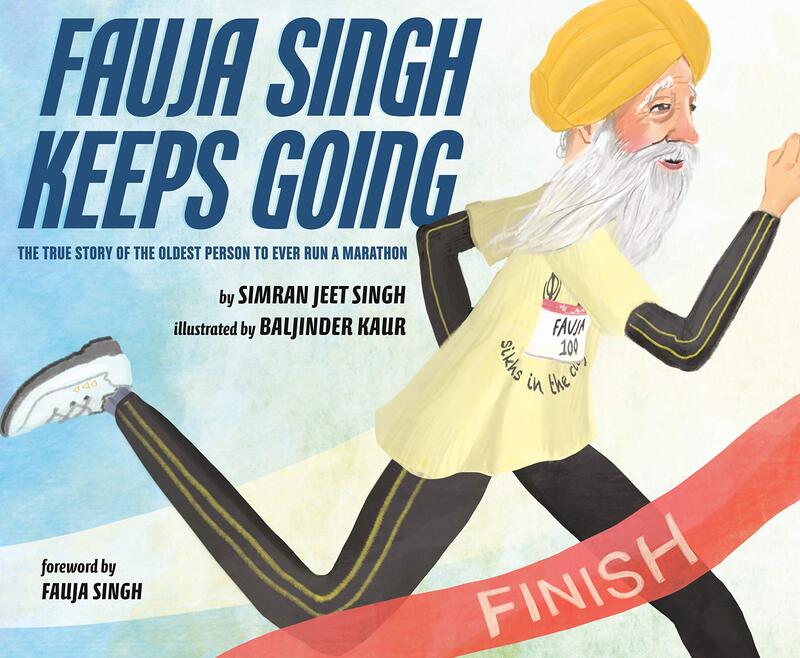
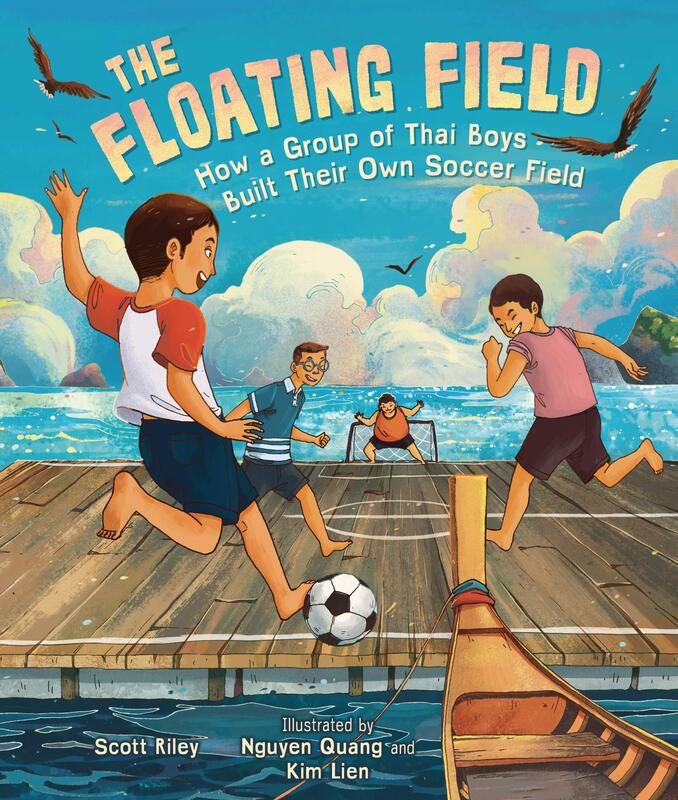
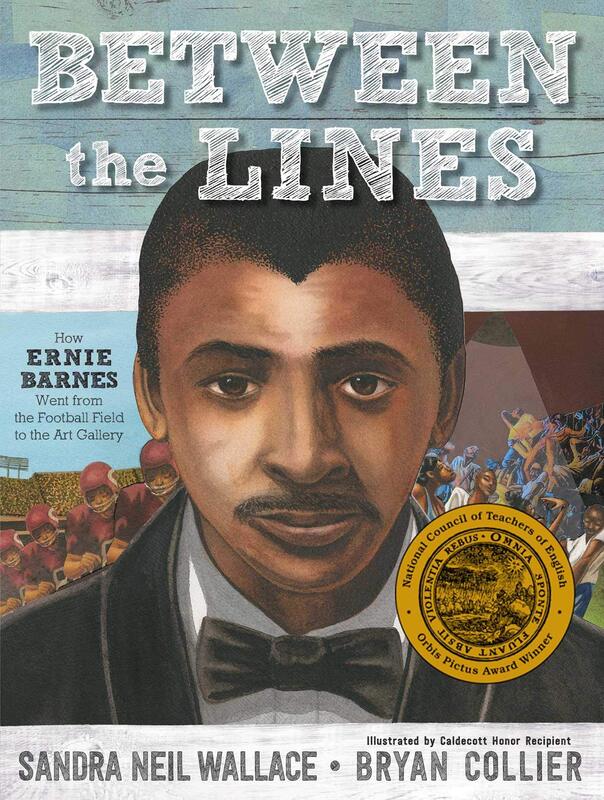
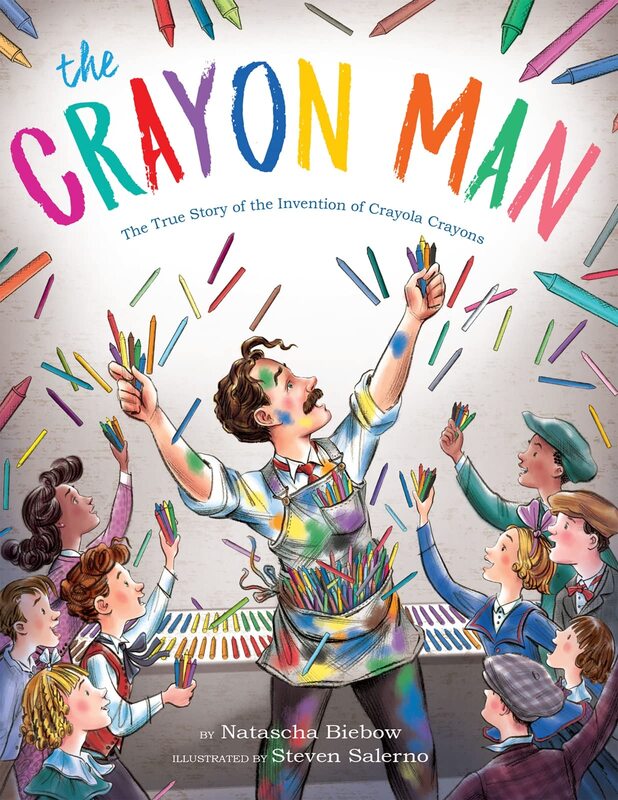
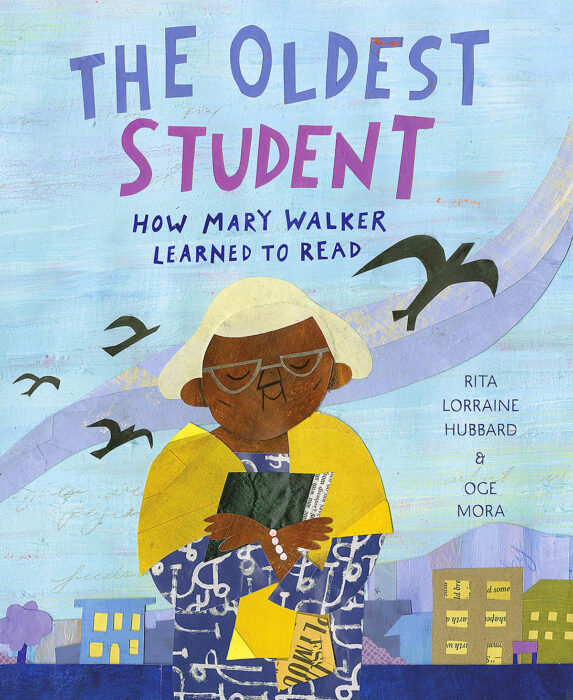
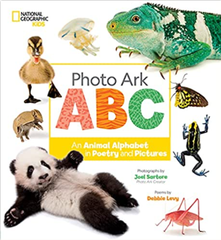
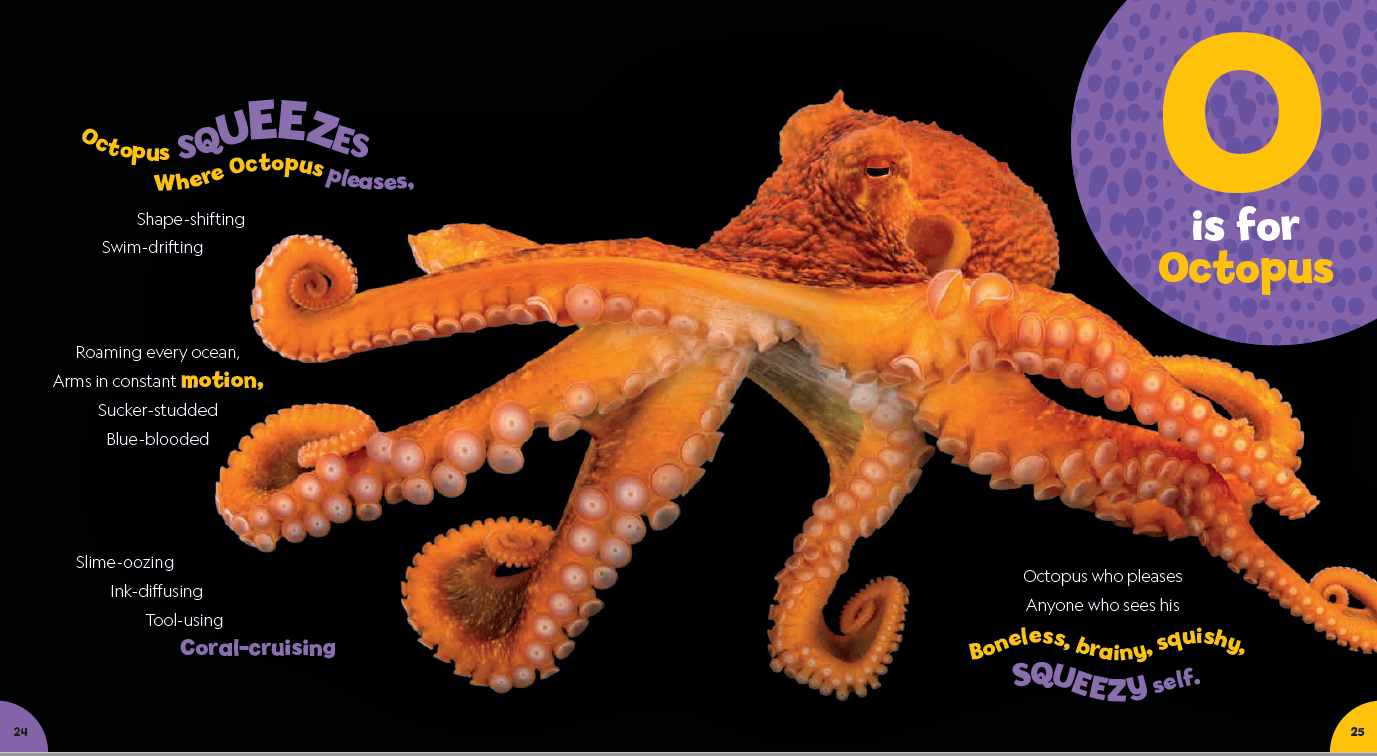
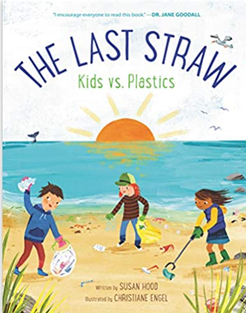
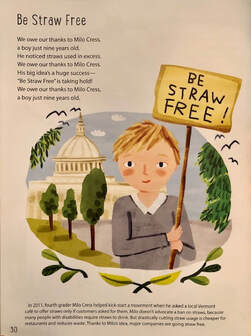
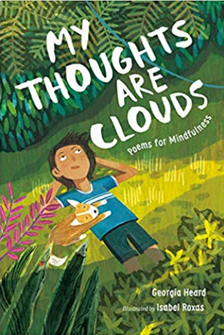
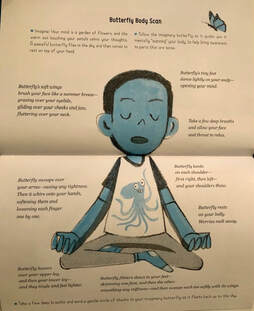
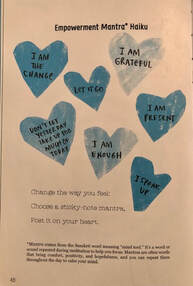


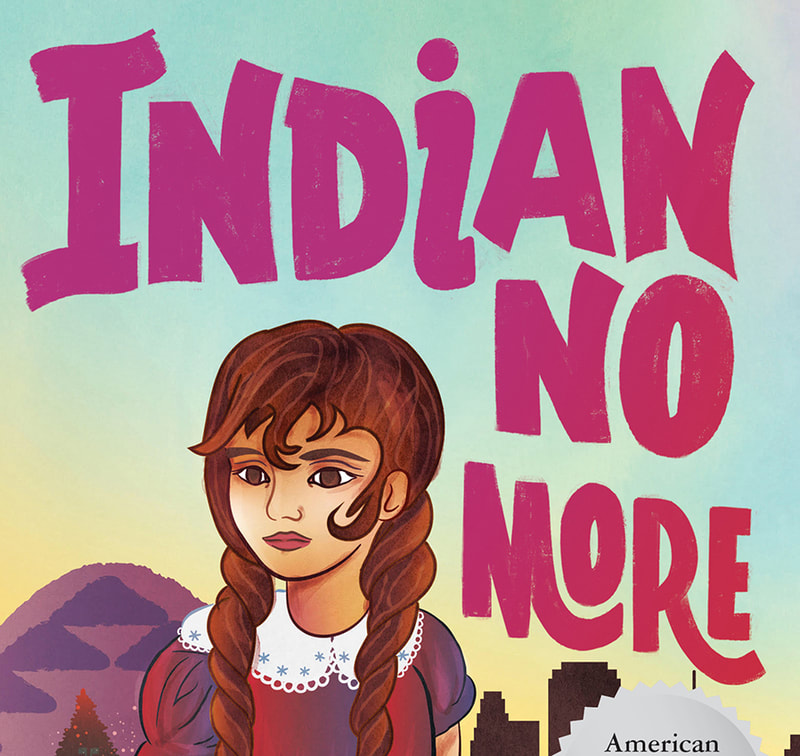
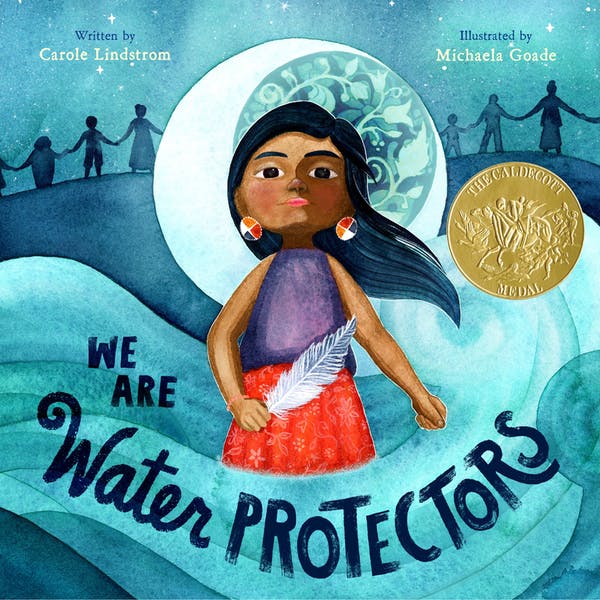

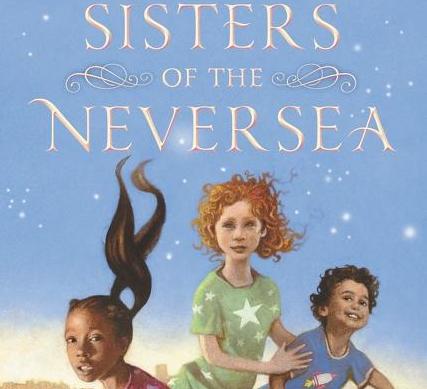
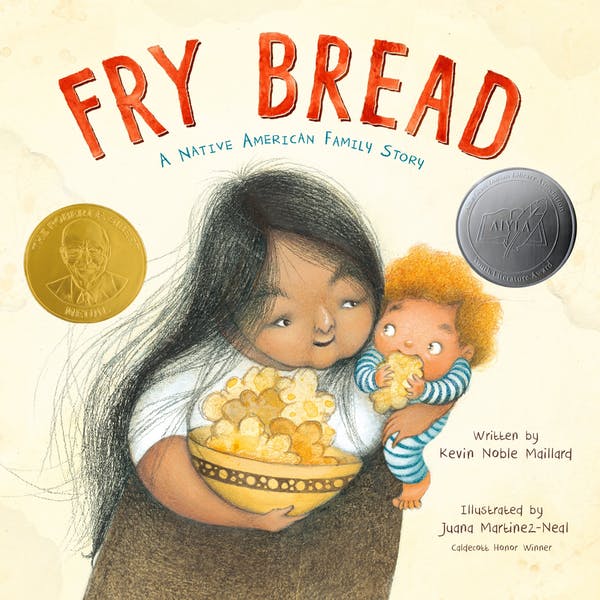
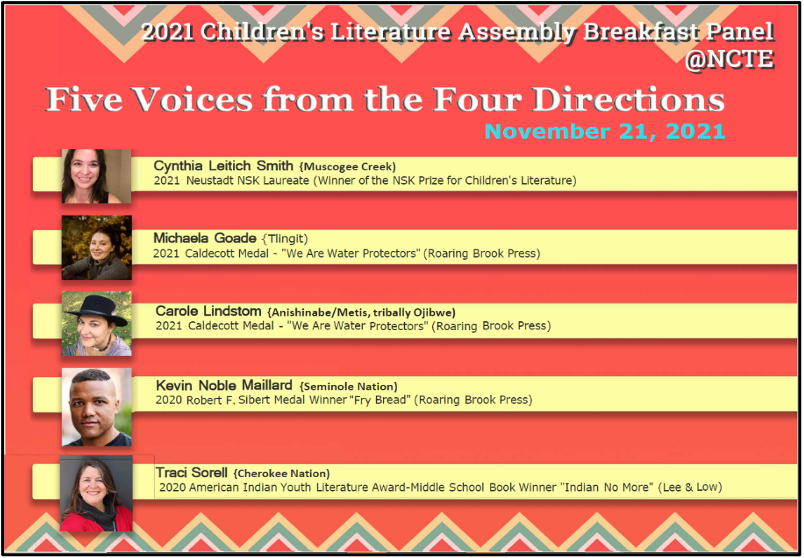
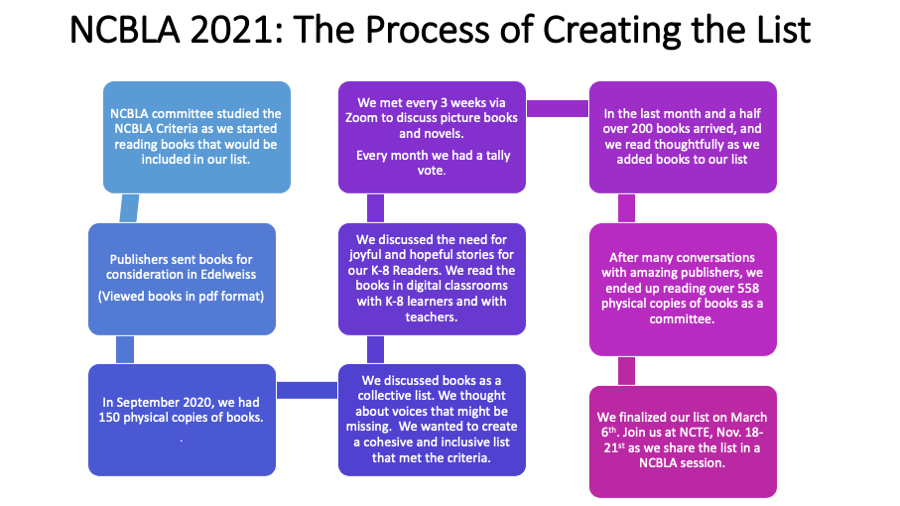
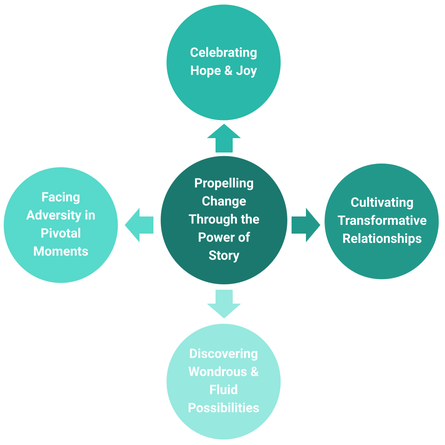
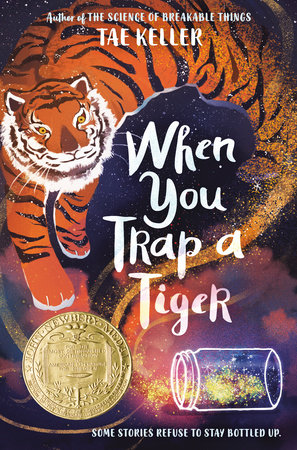
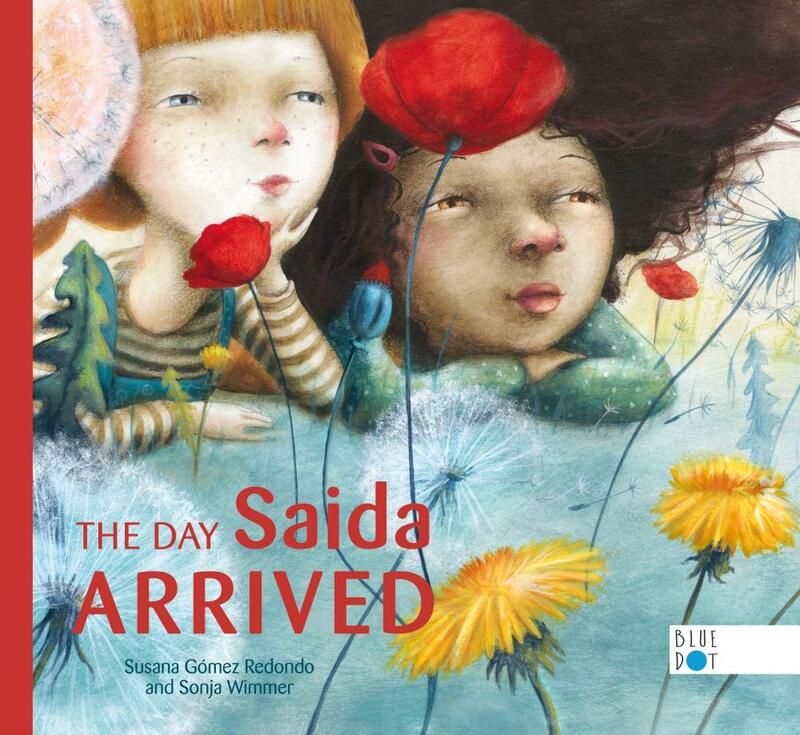
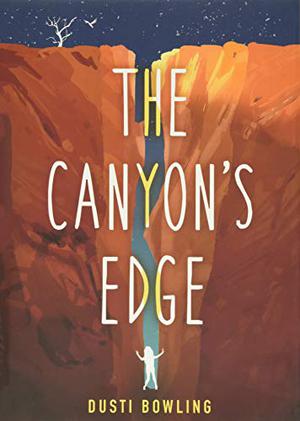
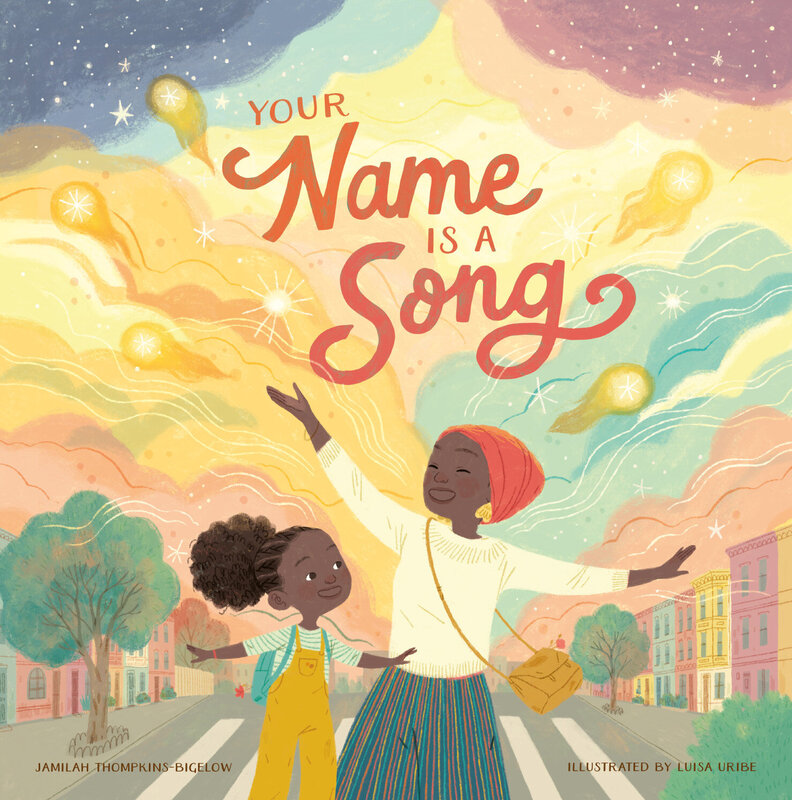
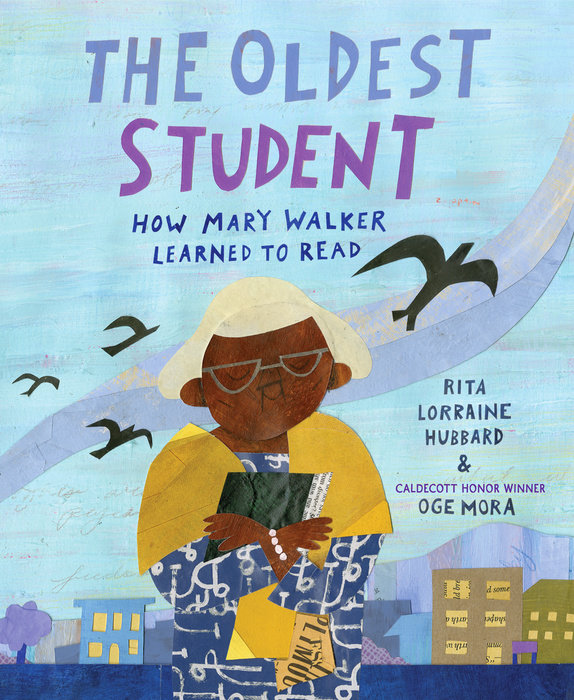
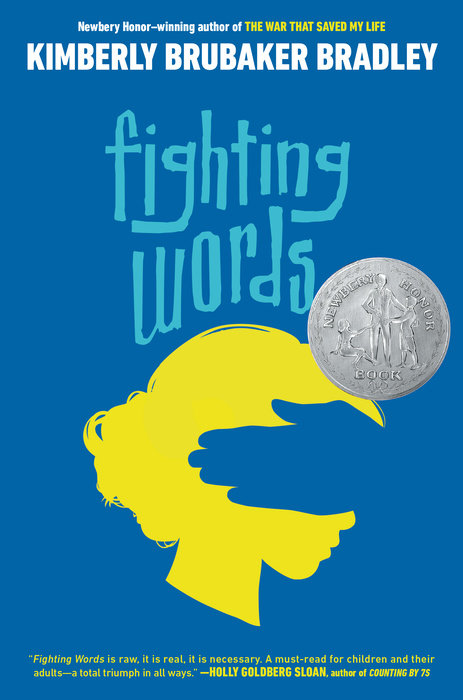
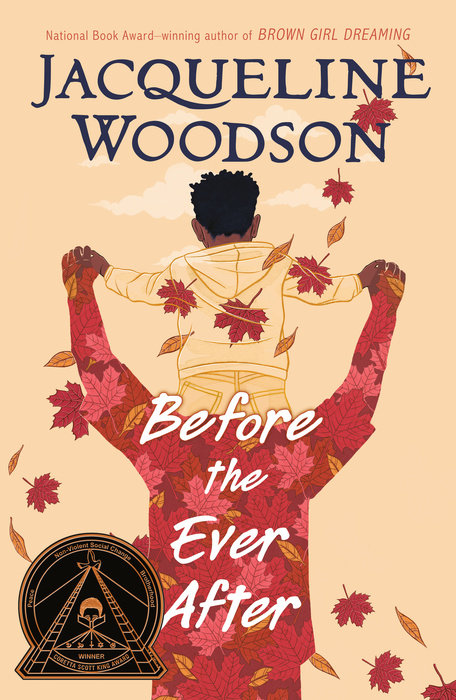
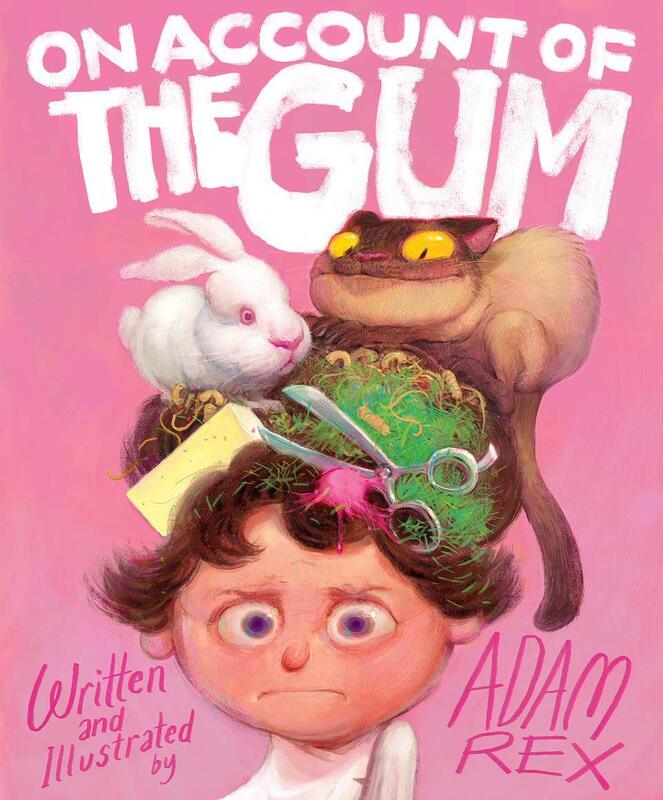
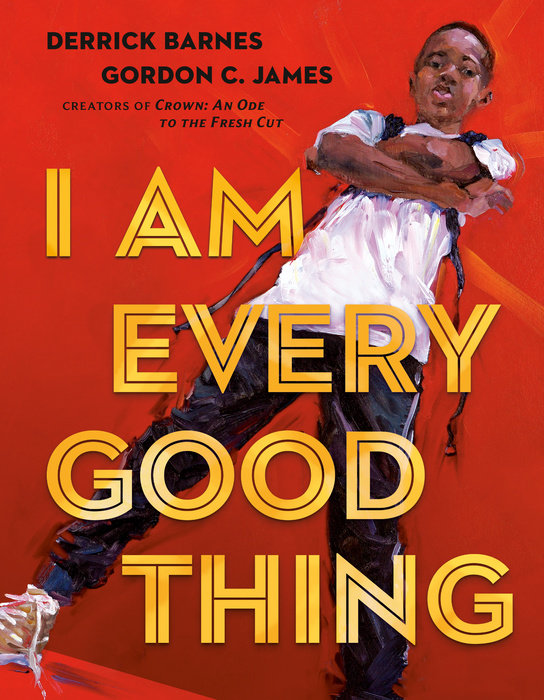
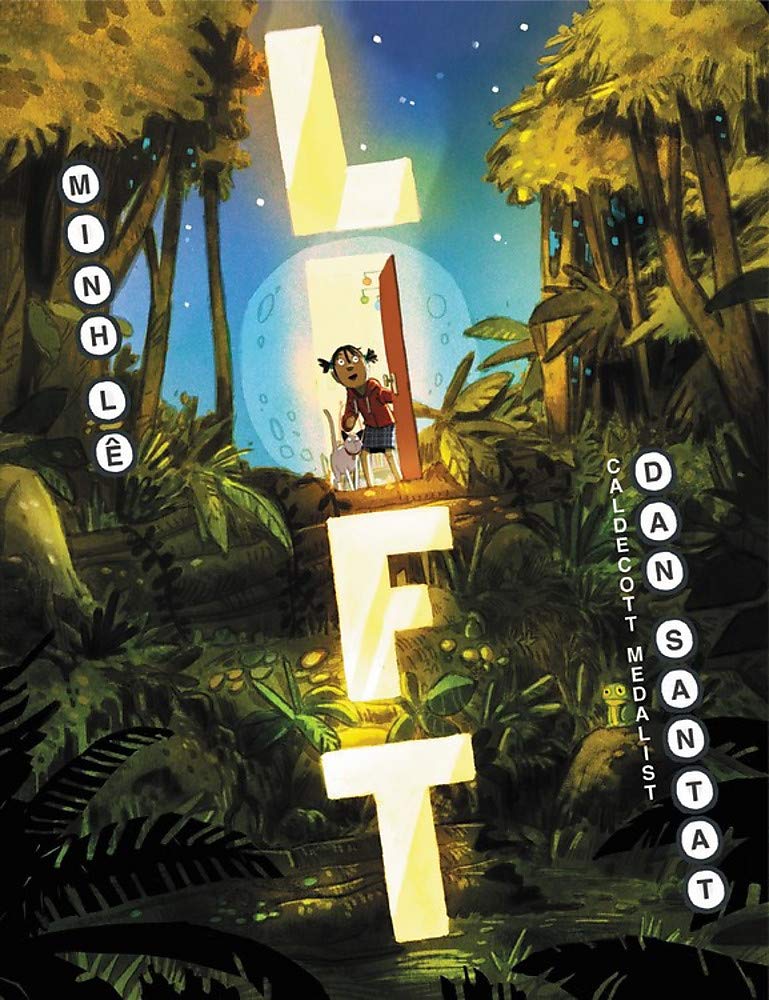
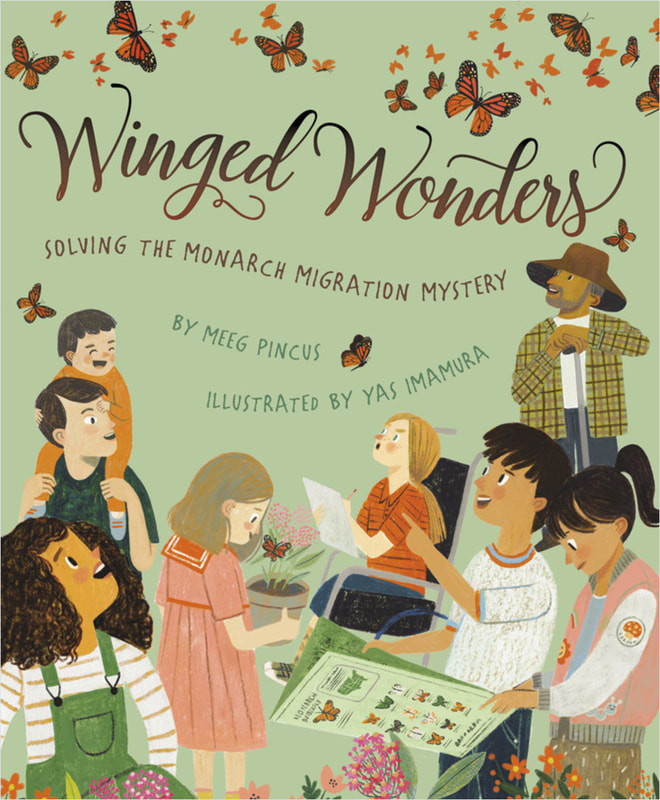
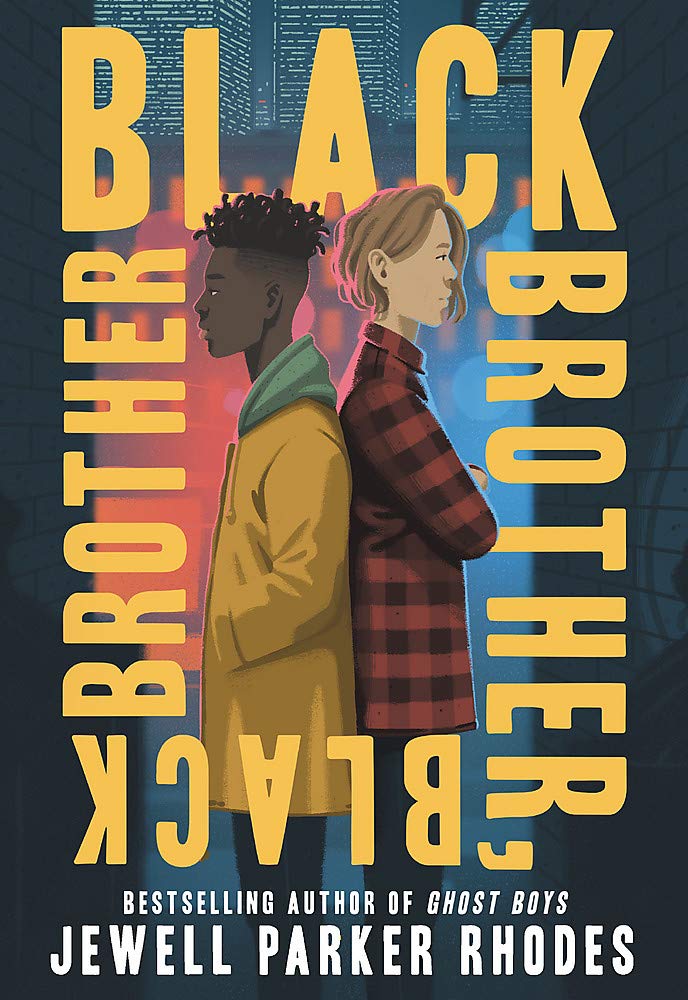
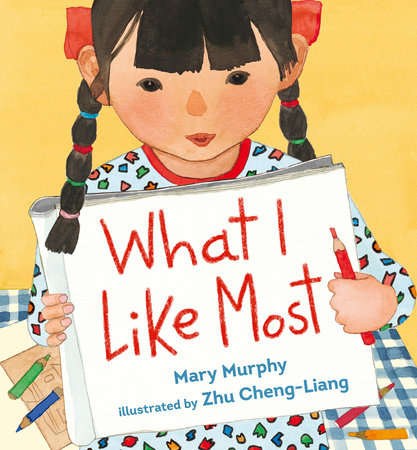
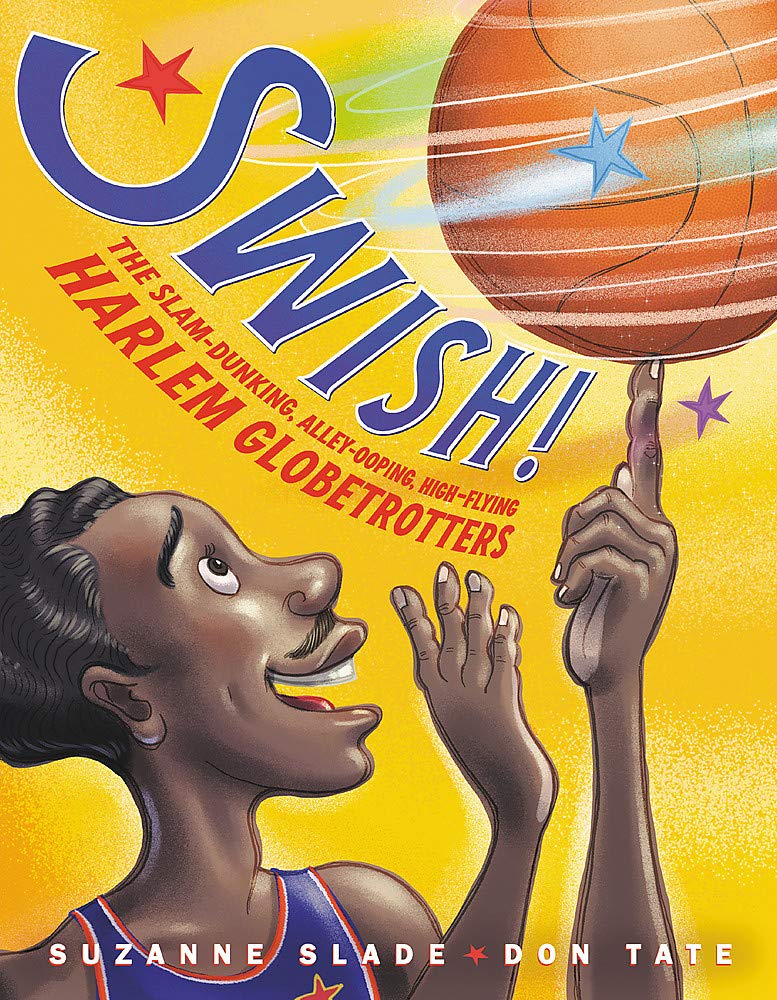
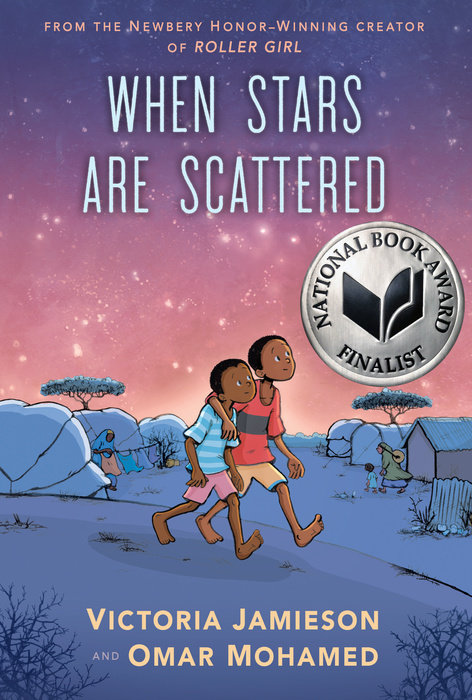
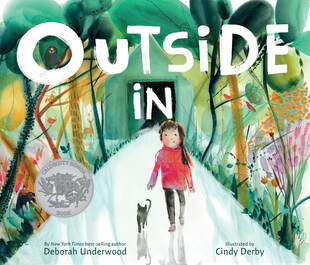
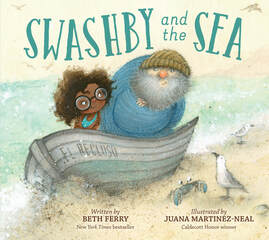
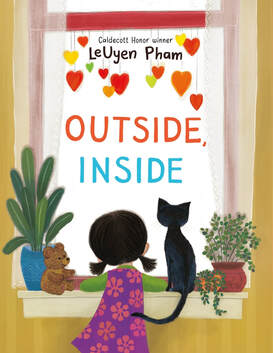
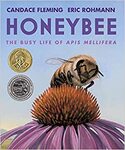
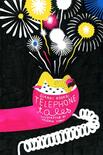
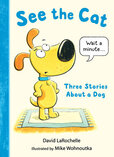
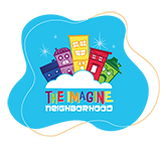
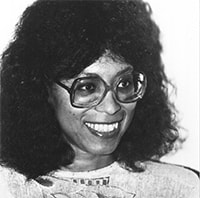
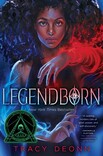
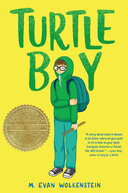
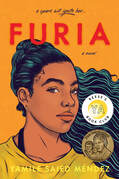
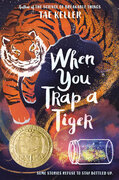
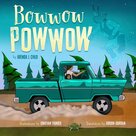
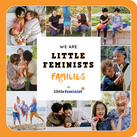
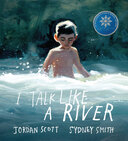
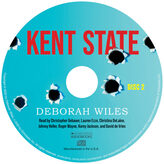
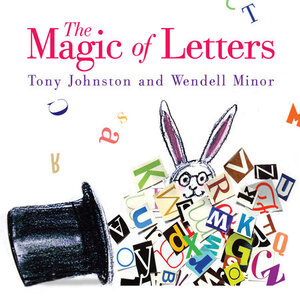
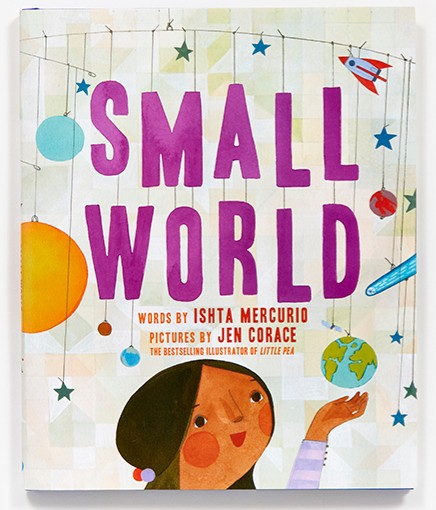
 RSS Feed
RSS Feed